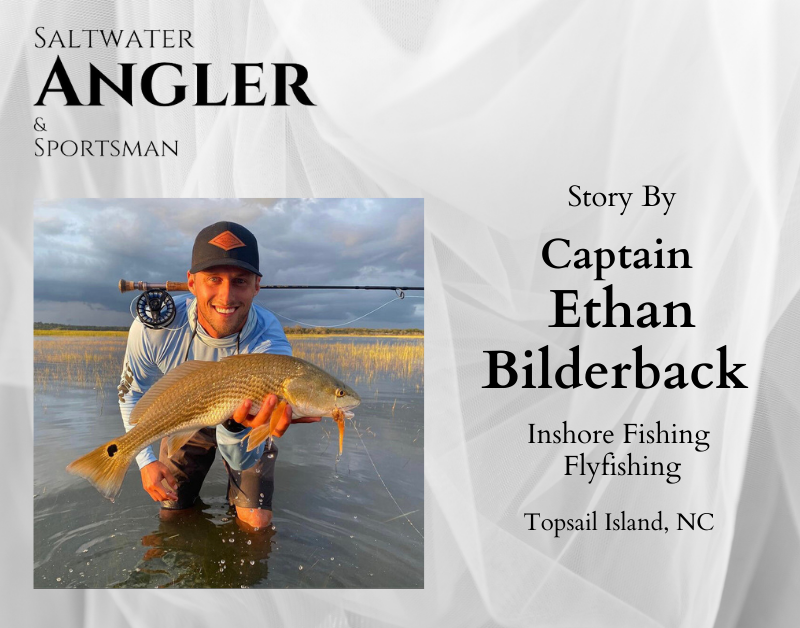Fishing the Flats Is Where It’s At
Fishing the saltwater flats is considered the next step in becoming a good inshore fisherman. Many anglers avoid this aspect of light tackle for obvious reasons. It requires the use of boats that are specifically built for the extremely shallow water and the way you fish the flats requires a number of tactics that are more complex than that of light tackle most coastal fishermen pursue.
First, having a keen understanding of the flats environment and how it impacts the behavior of the various species is non-negotiable. In many respects, it’s a different world than that of the creeks and estuaries most angers fish. Factors like the various underwater grasses that fish use as hiding points. Also, the change of the tide makes it necessary to be constantly aware of the shallow water depth and the ability to navigate within the flats as that tide changes. Another and possibly the most important factor is the fact that weeds and grasses can also act as a corral for the species you’re fishing for. However, while creating that corral effect, it doesn’t fully contain the fish.
Another flats fishing factor would be understanding that quiet is not only key but imperative. It’s at the top of the list of flat fishing list rules. With the fish in an area with reduced escape routes, the slightest sounds can spook them and send them scurrying for deeper and safer water, so you must have a sharp focus on where the fish are.
While fishing the flats can be done with the same rod and spinning reel that you would use in other areas of inshore saltwater fishing, fly fishing the flats is far more productive, especially if you’re a skilled fly-fishing angler. Fly fishing is a tactic that’s far more suitable for flats for several reasons, and for reasons you will rarely see spinning reels and bait casters used.
Flats fishing takes place in a somewhat complicated environment because of the unique elements that reside there, and this is why fly fishing proves to be the best approach. Fly fishing is about strategy, stalking, and taking the angler to a place that allows him to be up close and personal. It requires a higher level of skill that includes learning the habits of the species in the flats you’re fishing. It also demands the skill of pinpoint placement of your lure at the exact moment needed to make that fish respond in a flurry of splashing water and sound of spooling line. It’s a feeling like no other in saltwater fishing and it’s always exciting no matter how many times it occurs.
That’s why, “FISHING THE FLATS” is where it’s at.

You may be interested

After Deer Season Ends
Tim Wilson - January 5, 2026The woods in the Carolinas feel different once deer season closes. The urgency fades. The tree stands sit empty. What remains is quiet winter sunlight through bare…

Why Winter Is When Seasons Are Won
Tim Wilson - January 4, 2026In the Carolinas, winter is not down-time, it’s prep time. It’s the quiet work that sets you up for those unforgettable days when the Spanish blitz the…

An Oyster Roast at Christmas…. Southern Style
Tim Wilson - December 15, 2025By the time the first stars show over the marsh, the fire is already glowing. Oak and pine crackle beneath a heavy sheet of metal, and the…
Most from this category

How Environment Changes Have Impacted Fishing…..The Parsons’ Perspective
Tim Wilson - December 15, 2025




